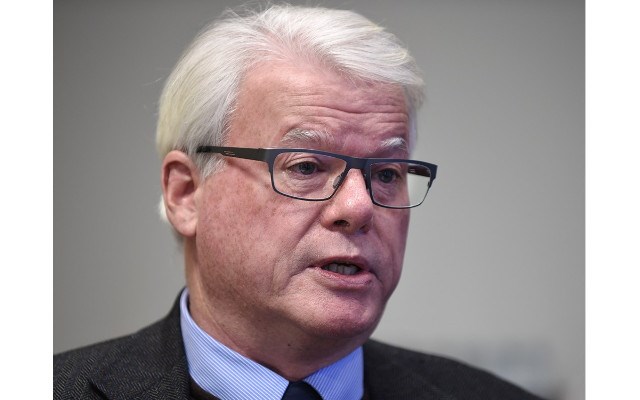Edmonton's unemployment rate hit its highest point in over a decade last month. The latest job numbers coming from Statistics Canada show the capital region posted an unemployment rate of 7.7 per cent in July.
Edmonton's unemployment rate hit its highest point in over a decade last month.
The latest job numbers coming from Statistics Canada show the capital region posted an unemployment rate of 7.7 per cent in July. This marks the highest unemployment figures since 2010. One expert says it will only get worse unless oil prices rebound.
In July, employment in the Edmonton region decreased by 12,000 jobs. Gains in financial services, business services and the public sector, could not make up for the jobs lost in construction, energy and manufacturing over the past two years, reads a report authored by City of Edmonton chief economist John Rose.
Since 2014, when oil prices began to dip, Edmonton has lost 15,600 oil and gas related jobs and 16,000 manufacturing jobs.
“Because our manufacturing sector is so closely tied to the energy side of the economy, we've seen that particular part of the regional economy take quite a hit over the past 24 months,” said Rose. “There's a very direct linkage between our manufacturing sector (and oil prices).”
Construction, which experienced a peak last summer, saw 20,500 fewer jobs this July compared to last.
Job losses felt in goods producing services demonstrate that Edmonton's economy is not exempt from the impact of decreased oil prices, says Rose, who warns that unemployment will only worsen if oil prices do not improve.
“The real risk to Edmonton's regional economy is indirect, in the sense that continuing low oil prices will continue to weight very heavily on the provincial budget,” he said.
Despite resilience in these sectors, Rose questions how long the government can put off making significant cuts, which would be “very negative” to the regional economy. The province is a major employer in Edmonton. Twenty to 25 per cent of the region's workforce is employed in the health-care, public administration and education sectors.
Rose predicts that employment in the region will continue to be “quite soft” throughout the second half of 2016. “It won't be until 2017-2018 that we see things stabilize and start to improve,” he said.
July saw fewer individuals looking for work in the Edmonton area. Participation in the labour market dropped by 0.8 per cent last month and the labour force shrank by 7.7 per cent.
Since the working age population has continued to grow, Rose said the figure is indicative of individuals losing hope.
“People are becoming unfortunately discouraged and feel that there may not be an opportunity for them, so they're withdrawing from the labour force,” he said. “On the up side, hopefully many of these are young people who have decided they'll go back to school.”
Despite job losses and higher unemployment, Edmonton is still faring better than the rest of the province.
In July, Alberta's unemployment rate spiked from 7.9 per cent in June to 8.6 per cent in July. This is the highest unemployment rate the province has faced since 1994, and it doesn't even include the thousands of Wood Buffalo residents who were displaced and out of work throughout the summer months.
Statistics Canada did not conduct a Labour Force Survey for the Wood Buffalo area for the months of May, June and July.
July marks the fourth consecutive month that employment has fallen in Alberta. The net job loss is 1,400 positions. Unlike Edmonton, provincial losses were concentrated in full-time employment, with a reduction of 10,600 positions. This was almost entirely offset by an increase of 9,100 part-time jobs.
Edmonton saw 10,300 fewer part-time jobs last month, while full-time employment saw a slight increase of 3,800 new positions.
